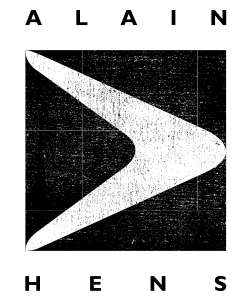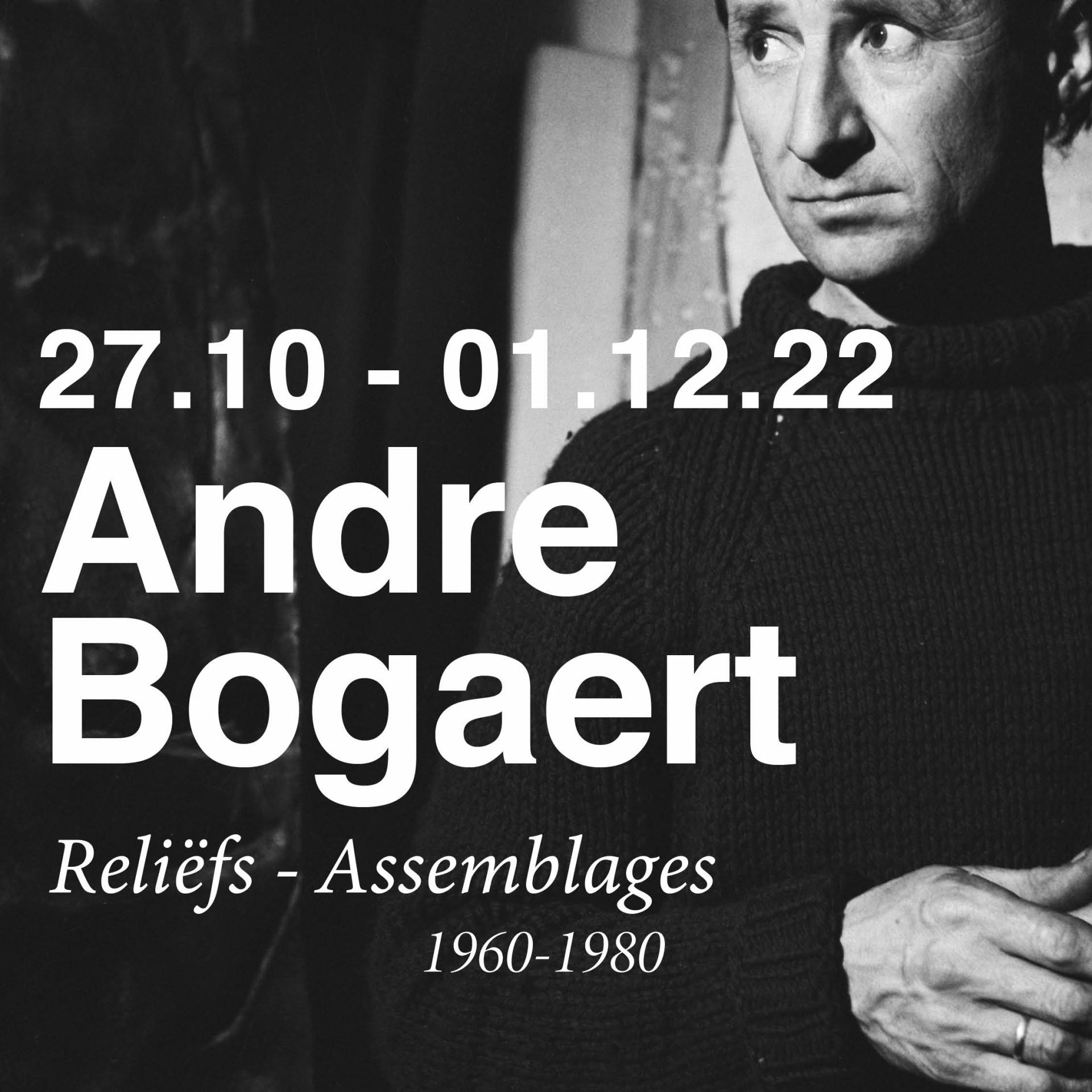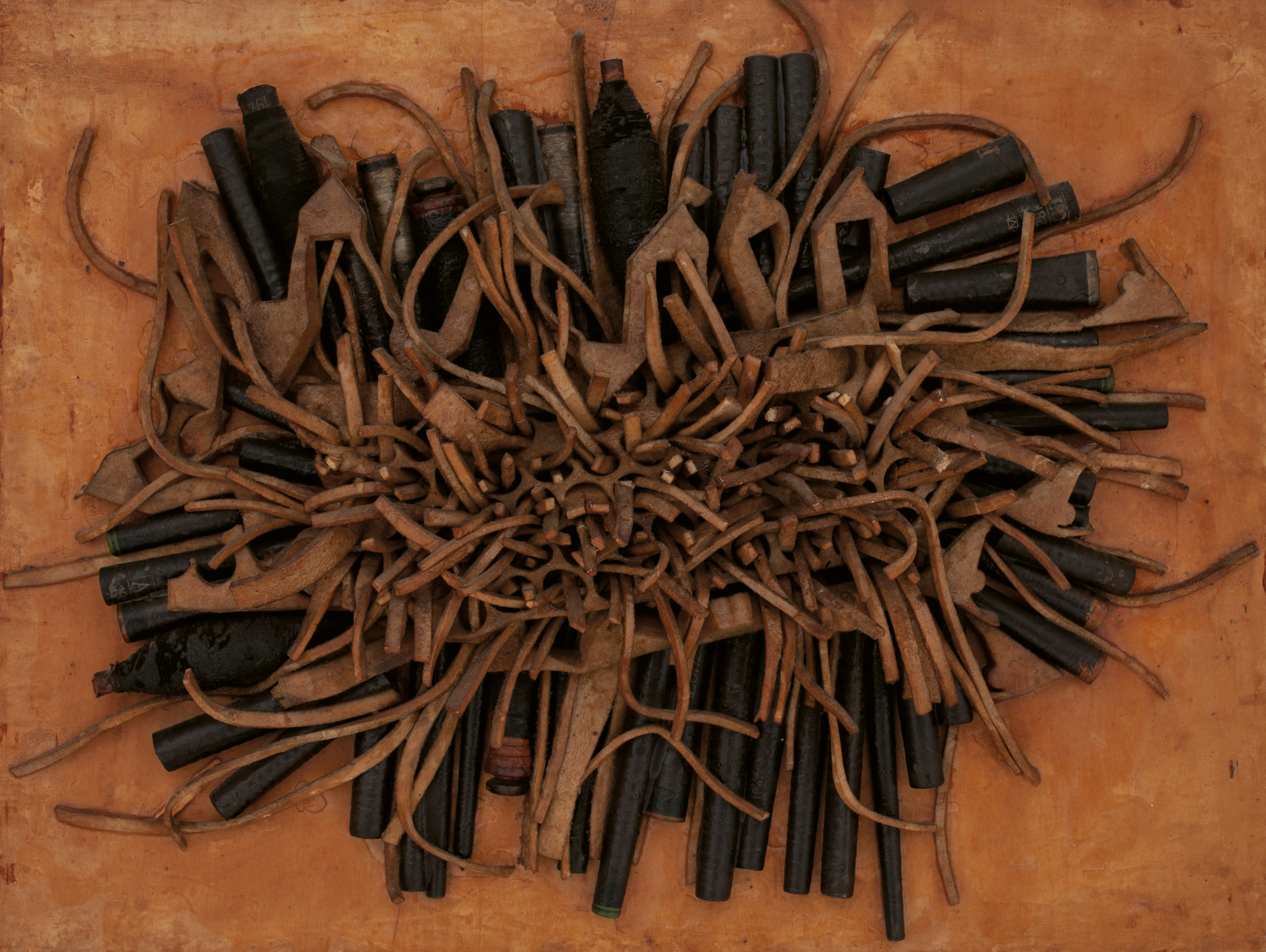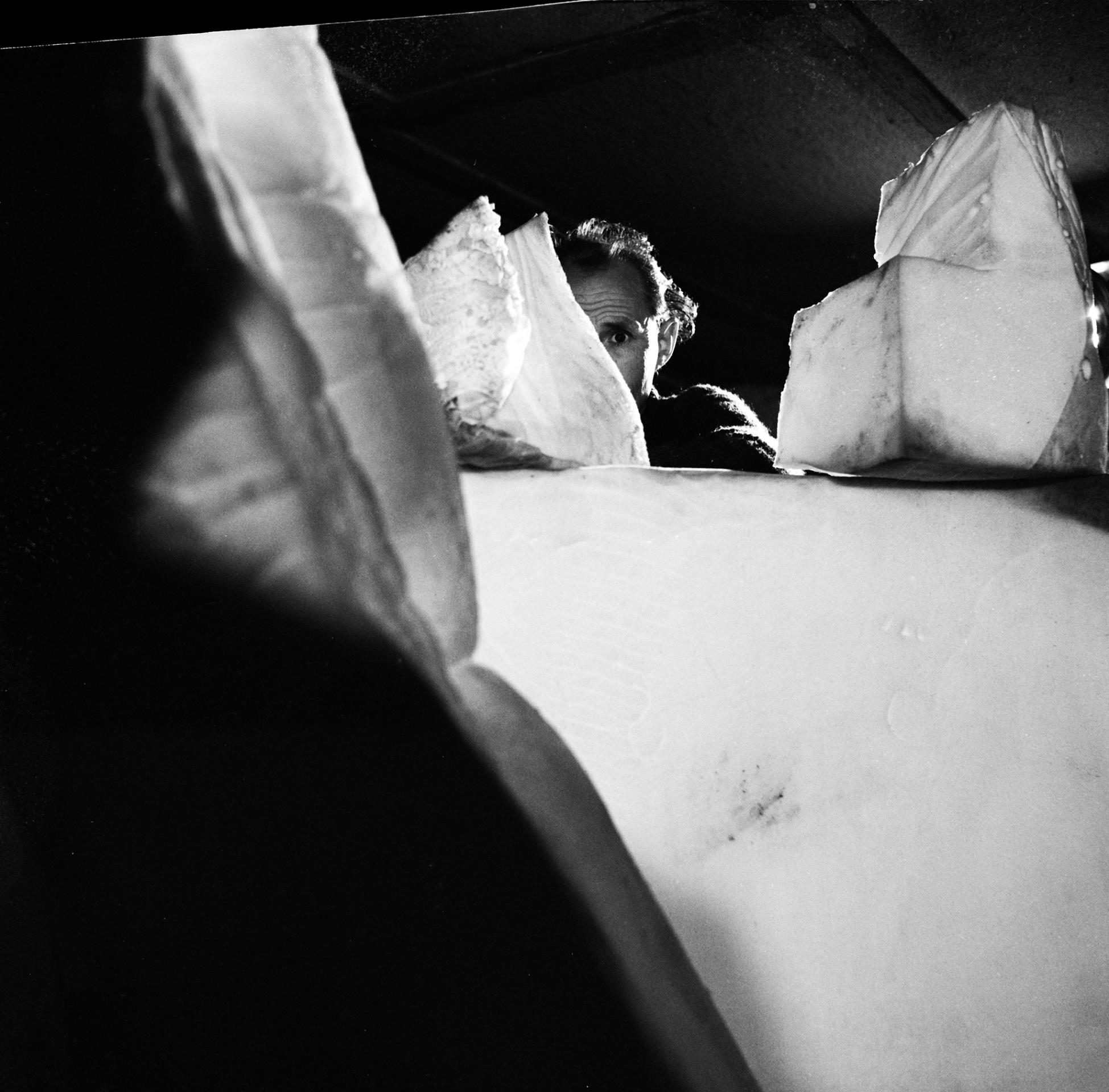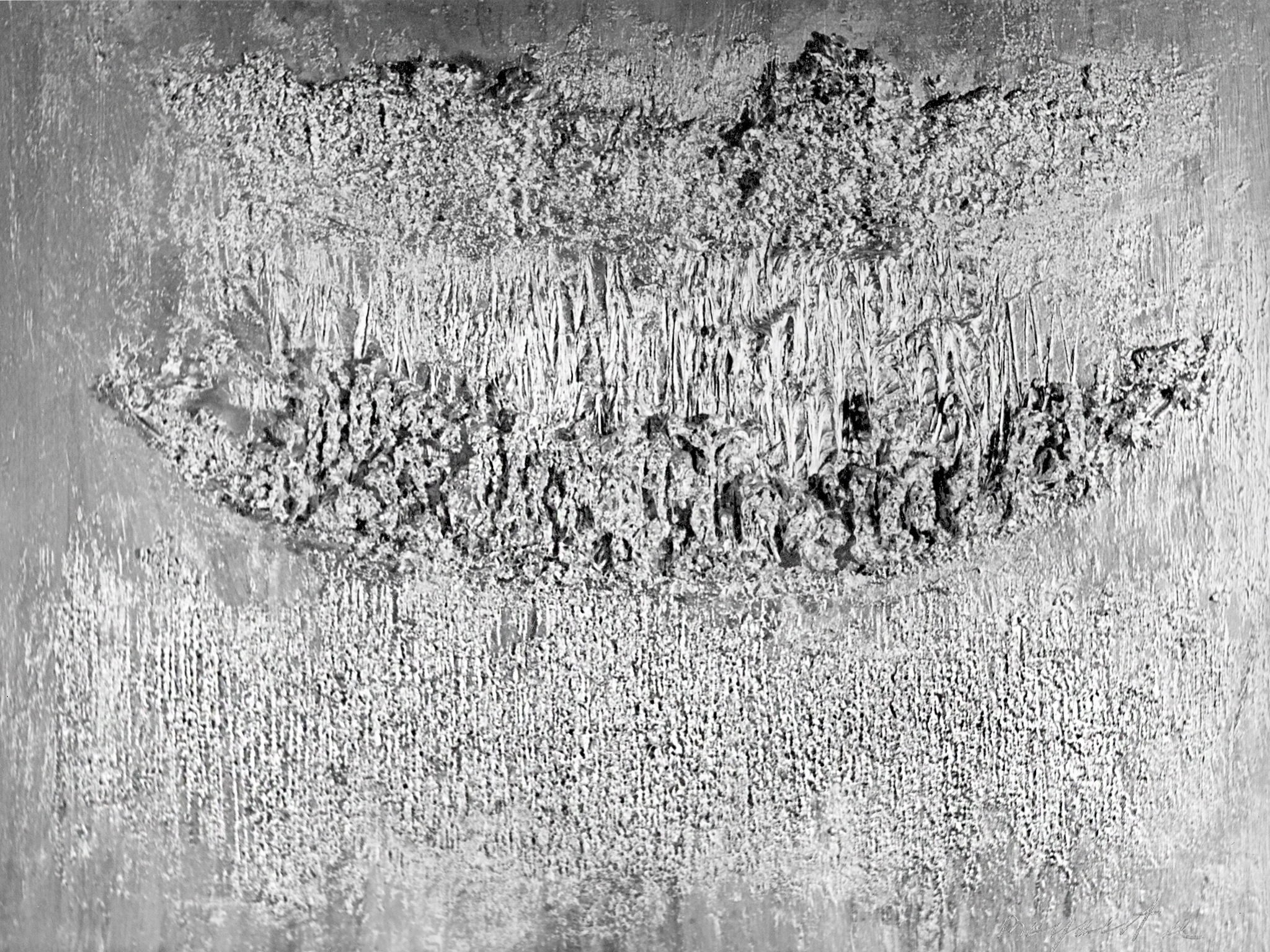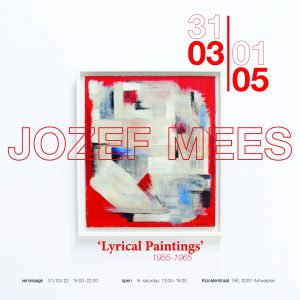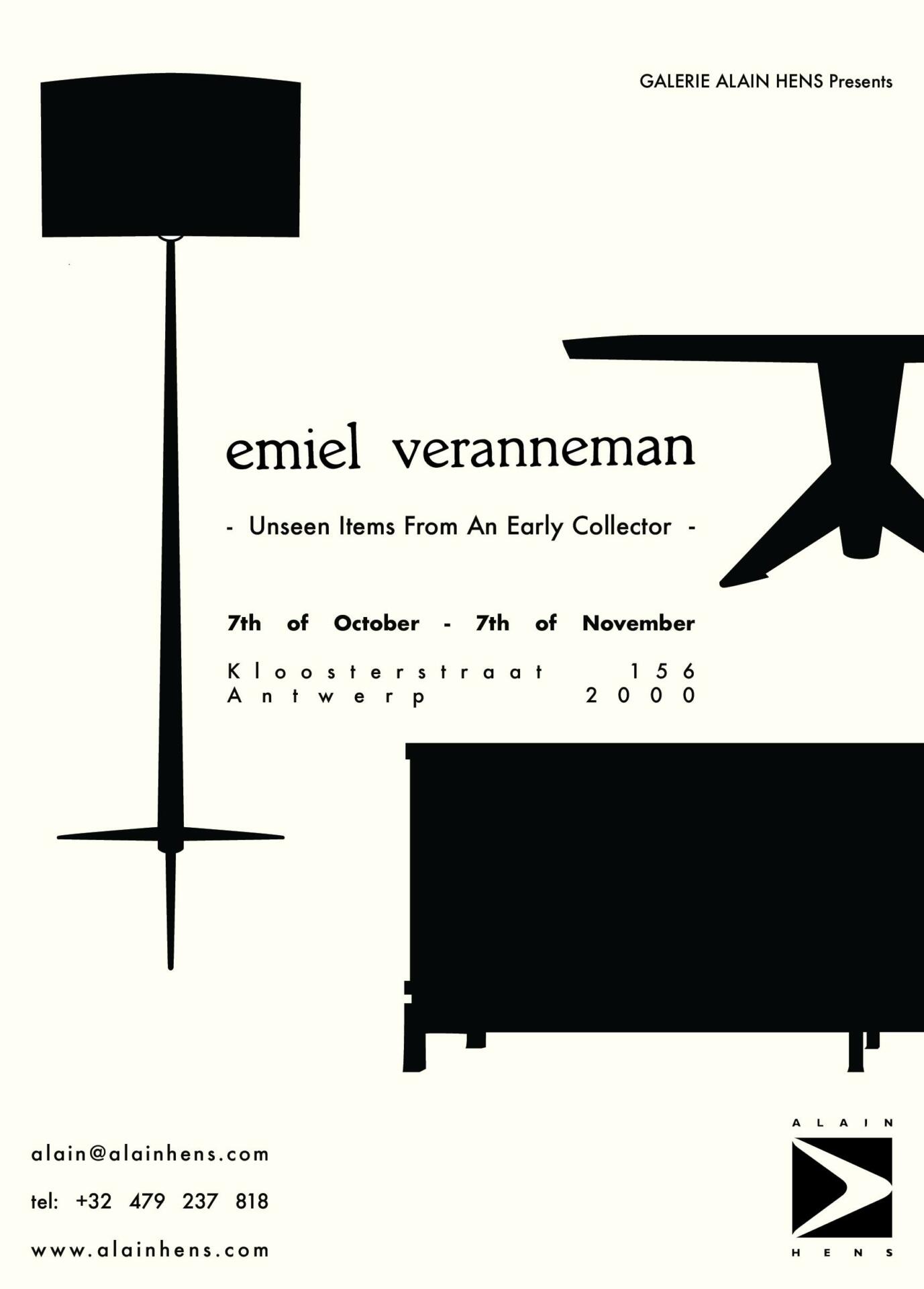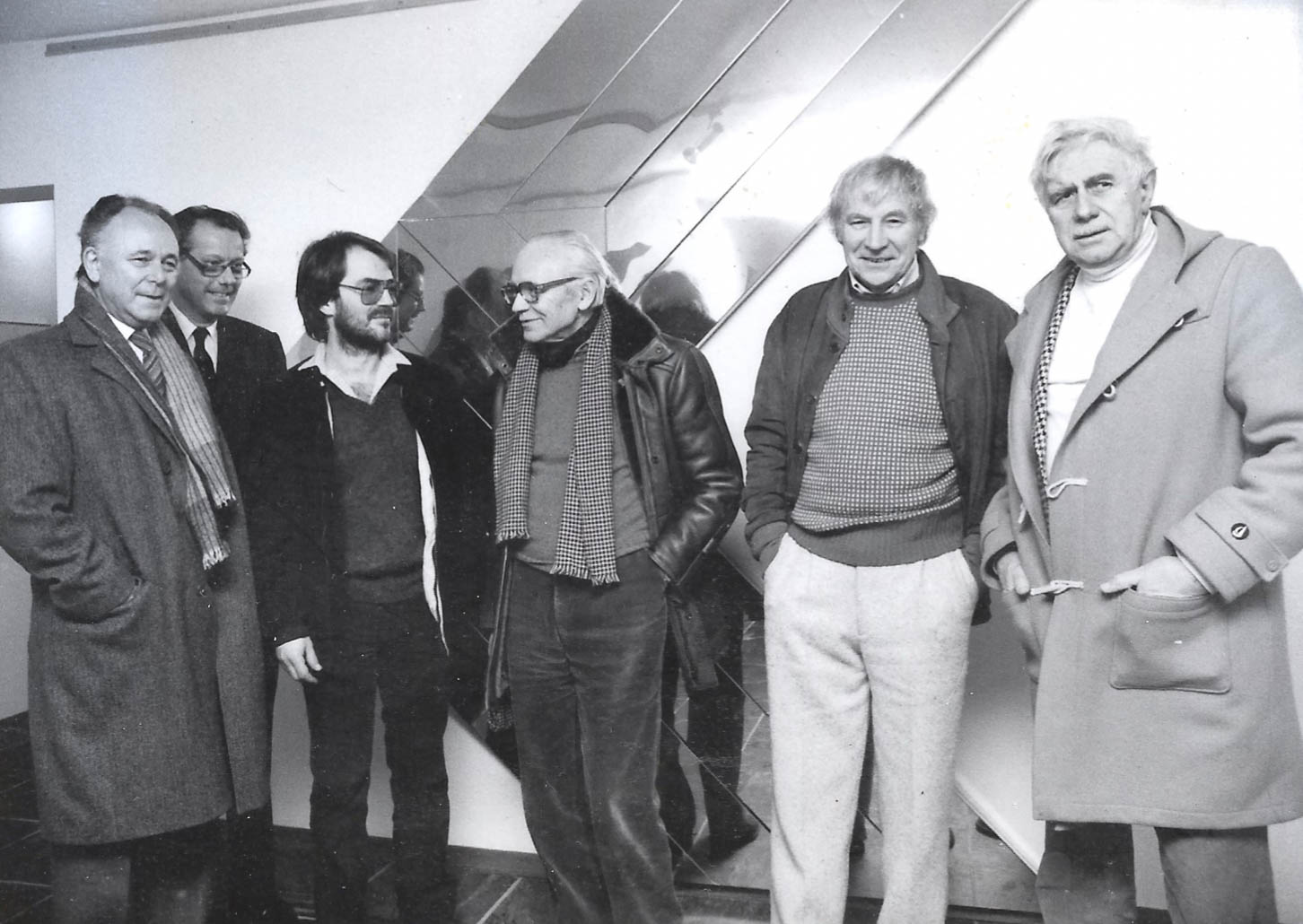André Bogaert Reliefs -Assemblages 1960-1980
Galerie Alain Hens presenteert:
ANDRÉ BOGAERT
BINNEN DE ASSEMBLAGE KUNST
De schilderkunst is doodgeverfd, al wat met verf op doek te doen was is uitgesmeerd, leeggedrukt, onder de borstels plat gewreven. –––– André Bogaert
André Bogaert (1920-1986) was een Belgische abstract expressionist bij wie het experiment centraal staat. Zijn oeuvre is multimediaal en omvat schilderijen, tekenin- gen, beelden, mixed-media, assemblages
en panorama’s. Hierin tracht hij steevast met krachtige onstuimigheid en positieve energie, nieuwe ruimtes te creëren. In de jaren zestig, door het intreden van de Pop Art-cultuur, ging Bogaert de schilderkunst
in de vorm van olieverf op doek in vraag stellen. Bijgevolg werd de assemblagekunst zijn uitverkoren medium. Het bood hem de vrijheid zich af te zetten tegen het dwingen- de artistieke keurslijf en maakte het mogelijk te experimenteren met een onuitputtelijk plastisch gamma. Zijn voorkeur ging uit
naar vindmateriaal uit de textielnijverheid rond zijn geboortestreek aan de Durme. Als vitalist zocht hij deze oevers op om te her- bronnen. Hij had een uitgesproken voorkeur die uitging naar eenvoudige materialen: leder, weefspoelen, vilt, rubber, verbrand hout, geplette of gebogen metalen en diver- se kunststoffen. Doordat deze een nieuwe identiteit aannemen binnen Bogaerts reliëfs, vormen de werken een mooi voorbeeld van een uitgebalanceerde samenwerking tussen destructie en constructie. Twee vormgeven- de aspecten waarvan het samenbrengen ondenkbaar was in het traditionele beelden- arsenaal, maar die een centrale rol vertolken in de assemblagekunst.
ANDRÉ BOGAERT
WITHIN ASSEMBLAGE ART
Painting has been smothered in paint, all that could be done with paint on canvas has been smeared, emptied, rubbed flat under the brushes. –––– André Bogaert
André Bogaert (1920-1986) was a Belgian Abstract Expressionist whose work centred on experimentation. His oeuvre
is multimedial and includes paintings, drawings, sculptures, mixed-media, assemblages, and panoramas. In his work, he always seeks to create new spaces
with powerful impetuosity and positive energy. In the 1960s, with the advent of pop art culture, Bogaert started to question painting in the form of oil on canvas, and soon assemblage would become his art medium of choice. It gave him the freedom to break away from the restrictive artistic straitjacket, and made it possible to experiment with an inexhaustible range
of plastic expressions. He had a particular preference for found materials from the textile industries located around his native region along the river Durme. As a vitalist, he would seek out these riverbanks to recharge his batteries. He had a strong predilection for simple materials: leather, weaving spools, felt, rubber, burnt wood, crushed or bent metals and various plastics. As they assume a new identity in Bogaert’s reliefs, the works constitute a fine example of a balanced interplay between construction and destruction. Two formal aspects whose interaction is unthinkable within the traditional visual arsenal, but which play a central role in the art of assemblage.

